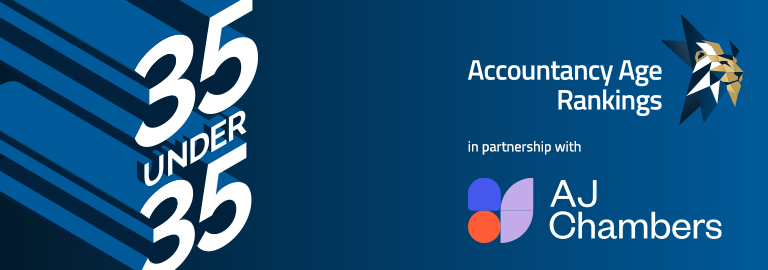With all the hype surrounding technology shares many accountants have expressed concerns about how the market can support the high valuations awarded to internet start-up companies. The bubble may have deflated over the last few days, but even now the valuations seem exotic for companies that have yet to turn a profit.
However, the potential benefits for companies from business-to-business and in particular business-to-consumer communications is seen as crucial. Goldman Sachs recently estimated that savings of more than 15 per cent could be achieved for business-to-business costs in the freight transport industry alone.
At the moment the web has its limitations, but just around the corner is a new world in which retrieving specific items of data will be achieved in seconds.
Different pieces of this puzzle are arriving at the same time: increased bandwidth, increased PC processor speeds, more ‘intelligent’ browsers, and XML (extensible mark up language) – the next generation computer language that is soon to revolutionise business-to-business and business-to-consumer communications. XML enables individual items of data to be identified on the net rather than complete pages of content.
The arrival of XBRL (extensible business reporting mark up language) will provide accountants with a platform to play in the dot.com market. A derivative of XML, this new language has been designed specifically for financial statements and wider business communications. It codes each element of business reporting in plain language so that just that one item, or a group of data, can be tagged and subsequently retrieved.
Once you know the global code you have cracked the problem. In simple terms, imagine knowing that every automated drinks machine was programmed such that ‘coffee, milk no sugar’ meant precisely the same thing throughout the world.
The web is all about empowering individuals to find the information they want: XML and XBRL are set to enable accountants to be at the forefront of that revolution. Finance directors and their support teams need to get up to speed.
PricewaterhouseCoopers is a founding member of the industry-based XBRL project steering committee, which comprises financial, accounting, software and data media groups from around the world.
